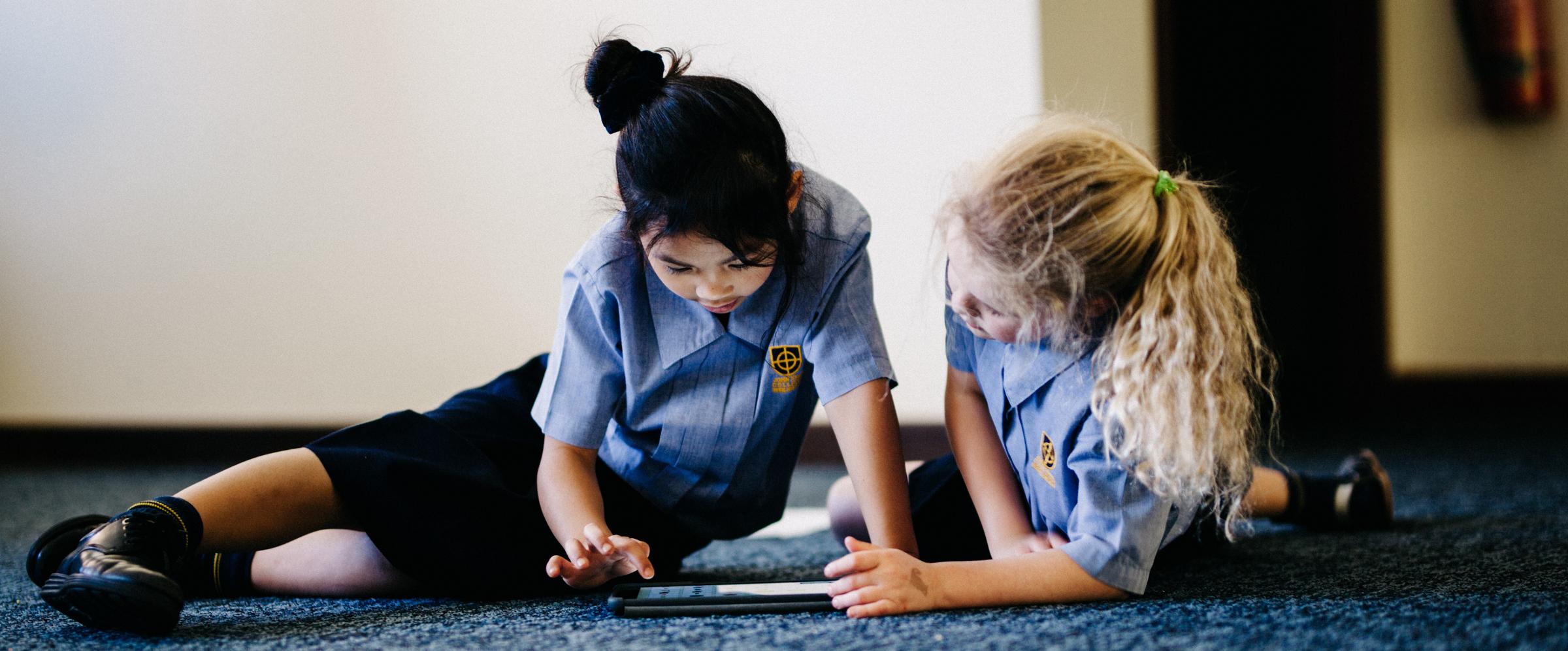Cyber Safety

Instagram is re-wiring your child's brain (and yours too)
Our devotion to the 'gram is quite literally changing the structure of our brains, and the implications for our mental health and wellbeing are profound - and sobering.
It was the poet and visionary William Blake who observed “We become what we behold.” To put it in plainer language, what we see shapes us - inevitably and indelibly.
So it stands to reason that in today’s social-media-saturated world, the images we “behold” on our favourite platforms will have an impact on how we see the world and our place in it.
What Blake could not have known is how the images we consume are quite literally changing the structure of our brains. But that is exactly what the latest neuroscience is documenting.
Today, let’s drill down and examine how this works on a single (and singularly popular) social platform: Instagram.
How much time do you spend every day on social media? If it’s around two and half hours a day, you are an average user by global standards.
(Our tweens and teens are anything but average. Their screen-time is likely to be in the 5- to 9-hour-a-day range, according to the latest figures. And most of that will be spent on social media.)
Of that 2.5 hours, the average person will spend nearly an hour - 53 minutes - on Instagram alone. And there’s an endless stream of images to scroll, with 50,000 new photos uploaded every minute.
Scrolling, scrolling, scrolling
And it’s that habit of endless scrolling, studies show, that results in information overload - an kind of paralysis that impacts the motivational system of the brain. The sheer quantity of information at our fingertips is processed at a deep level as a threat. As a defense, we avoid engaging in any meaningful way. Instead, we skate along on the surface. We “surf” rather than “dive.”
Add to this the fact that we react to an image 60,000 times faster than we do to a written word - and it’s clear that we are tapping into a new style of brain activity.
A recent study published by the World Psychiatric Association, for example, found that the impact of social media on our brains most closely resembles “age-related cognitive decline.”
It feels good - that's why we do it
What makes Instagram so pleasurable? The answer, in a word, is “dopamine” - the happiness chemical secreted by the brain when we receive “likes” and followers and compliments or simply view attractive images.
The problem is that dopamine is like an addictive drug - we become habituated to a certain ‘dosage’ and find it no longer produces the desired effect. We crave more and more stimulation to feel that ping of pleasure.
But there's a price to pay
The result, over time, is neurological damage. A recent study published by the World Psychiatric Association, for example, found that the impact of social media on our brains most closely resembles “age-related cognitive decline.” (Think problems with memory, language, thinking and judgment - in teenagers.)
Of all social platforms, Instagram has been linked most directly with mental health issues. One recent survey labelled it “the social media platform most damaging to young people.”
Research has found that nearly half, or 47%, of 12- to 19-year-olds get their social, professional, sexual and physical goals from Instagram - and that “negative wellbeing sets in the moment they don’t feel they measure up.” Psychologists call this socio-cognitive effect “internalisation.”
Our deepest needs - our deepest fears
Instagram was purposely designed to activate deep human needs: social interaction, acceptance and approval. (Its founders were students at the Stanford Persuasive Tech Lab - enough said?)
At the same time, it also seems to ramp up our worst fears and vulnerabilities - magnifying the risk of bullying, FOMO, social anxiety and “upward comparison” (the tendency to measure oneself against an ideal, typically resulting in lowered self regard).
And here’s a fun fact. Eighty percent of the output on Instagram is “self-reference” - in other words, people talking about themselves. That’s more than twice the rate found in real-life conversations. So exactly how “social” we really are on social media is an interesting question in itself.
Reference: https://www.familyzone.com/anz/families/blog/instagram-is-rewiring-your-childs-brain

